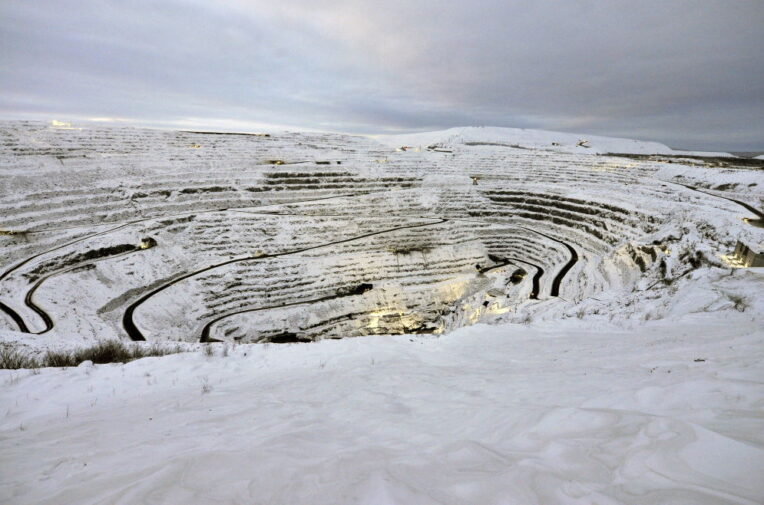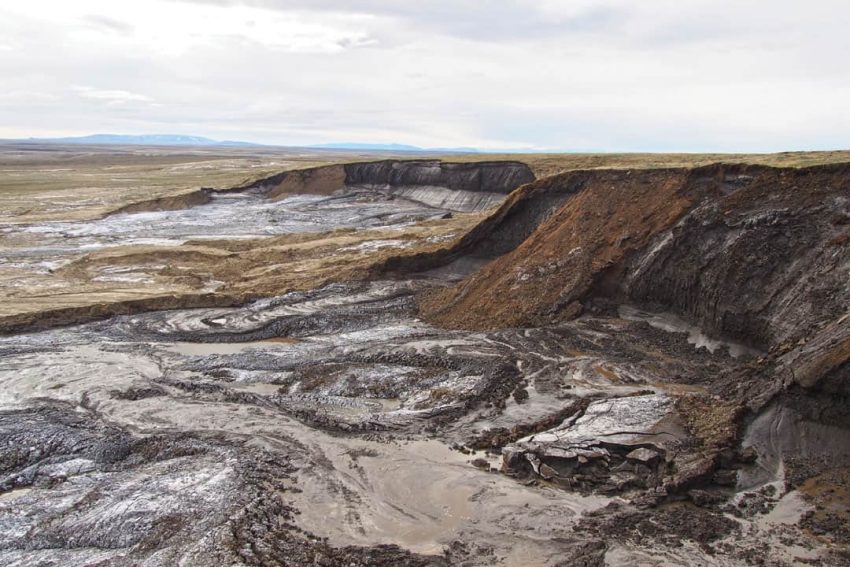Nature is always surprising, and it withholds so many secrets that still make it a wonder when discovered. Most people don’t know about it, but permafrost exists and is present almost everywhere on the planet. If you didn’t know what permafrost is about, then read on to know everything about it.
Permafrost is when the ground is frozen, and it can include sand, soil, or rocks. It can stay frozen for at least two years straight and be found on land and under the ocean. There is some permafrost that has been frozen for hundreds or thousands of years. However, the difference is from the ground that freezes in the winter and thaws in the summer. Permafrost stays intact over the seasonal changes.

First named in English by Simeon William Mueller in 1943 at the United States Geological Survey, but it was found by others way before. Permafrost is found under layers of ice, so the permafrost layer begins where the ice ends, but it can also be found under what scientists call an “active layer.” That’sThat’s the layer of Earth, sand, rock, or a mix of them, that can freeze and thaw seasonally or monthly in response to weather conditions such as rain or sunny days. In the case of an active layer, you have to dig down about a foot or more to find the permafrost underneath. That means there are areas where permafrost exists directly on the surface, under an active layer, or under layers of ice or snow that can vary throughout the year (permafrost can be under snow for part of the year and exposed for part of the year). These changes can be seasonal, influenced by weather or geothermal action, and other factors. Typically, permafrost is found only in places where the average annual air temperature is low – at or below the freezing point of water: 32 F (0 Celsius). Then again, uniquely local and historical conditions can lead to permafrost being found in places where average temperatures are higher.
Continuous permafrost
When the average soil temperature is -5°C, it is so cold that the ground remains frozen continuously. When 90%-100% of the Earth is frozen, it is called continuous permafrost. There is a constant permafrost line in the northern hemisphere, which indicates the southernmost points where the land is covered with permafrost (or glacial ice). There is no equivalent in the southern hemisphere because the line would run under the ocean.

Discontinuous permafrost
This occurs when 50%-90% of the ground remains frozen. This occurs when the ground remains cold, but the air temperature fluctuates seasonally. In these cases, average air temperatures are higher than -5°C but slightly lower than 0°C, leading to areas where some soil layers melt in summer. In contrast, other shaded or protected areas may remain frozen.
Sporadic permafrost
When permafrost in an area is less than 50% (usually in places where the average annual temperature is between 32 F and 28 F), it is sporadic permafrost. This occurs in similar places to discontinuous permafrost, but perhaps at slightly lower elevations or in areas exposed to more sun or warm air currents.
Is the permafrost melting?
Currently, permafrost covers some huge areas (in the Northern Hemisphere, it is estimated to be 9 million square miles, the size of the US, Canada, and China combined), but it is shrinking.
Because the Arctic is warming about twice as fast as more temperate areas and permafrost is sensitive to even small temperature changes, permafrost is melting more quickly than expected, surprising scientists. A widely cited study in the journal Nature Climate Change estimates that if the Earth warms to 2°C above pre-industrial levels (the course we are currently on), permafrost will shrink by 40%.

